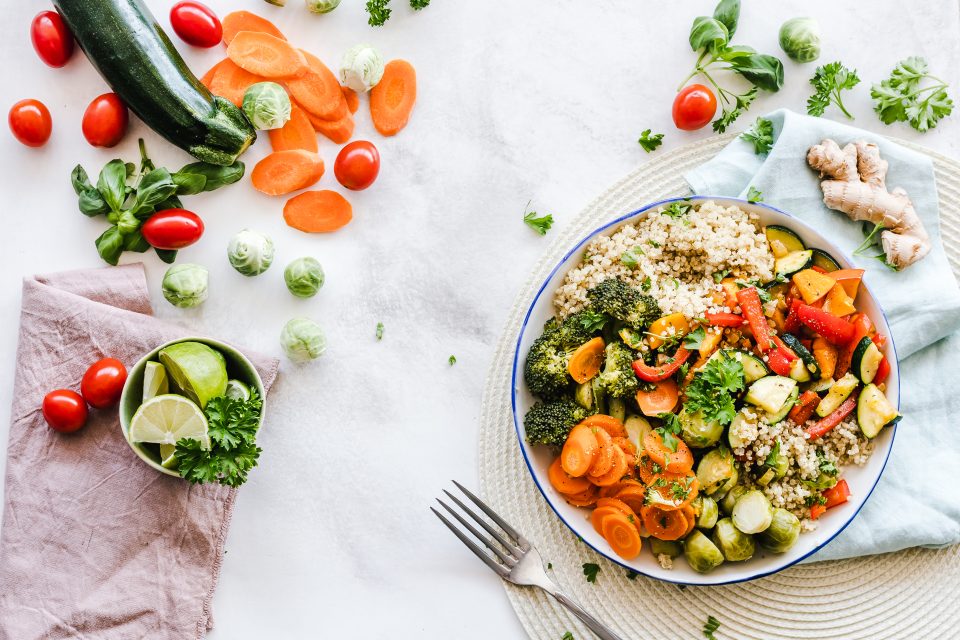Lots of focus has been on health lately. It’s vitally important that our bodies are as healthy as possible so we’re able to fight off disease. The first step to better health is a no-brainer. Garbage in, garbage out, we have to eat healthier! Better diet not only can create a healthier, stronger body, but also give you that mental boost you may be lacking. Foods can affect our well-being and in turn give us the energy to face everyday tasks with more focus.
So, what do we know about what foods we should incorporate into our diets?
Beans & Peas
Beans and peas are legumes. Did you know that they a have very high nutrient content? Because of this, they are recommended for everyone. Beans and peas are also classified by the USDA as both vegetables and protein. This classification includes pinto beans, black-eyed peas, kidney beans, black beans, split peas, lentils, and garbanzo beans. They come in a variety of forms including frozen, canned, and dried.
There are some “peas and beans” that aren’t listed in the beans and peas vegetable subgroup. Green beans (string beans) are generally grouped with vegetables like lettuce, onions, cabbage, and celery due to similar nutrients. Green lima beans and green peas have a starch content that lands them with other starchy veggies categorically.
Beans generally add to our digestive health; they naturally increase healthy gut bacteria. You need to increase your iron or zinc? Eat beans and peas. Working on lowering your cholesterol? Eat beans and peas. You can even decrease your blood sugar levels by eating beans and peas. There are so many great ways to get more beans and peas into your diet, from a hearty dish of southern field peas to a an inviting bowl of split pea soup. Work on incorporating more beans and peas into your diet.
Grains
Foods made from barley, cornmeal, rice, wheat, oats, or other cereal grains are known as grain foods. For me, it’s all the good things like bread, grits, tortillas, and pasta. Grains can be considered whole grains or refined grains. Whole-wheat flour, brown rice, and oatmeal are examples of whole grains. Milling is a process that removes the bran and germ and is the process refined grains go through. Refined grains have a finer texture and an increased shelf life; but they are missing the dietary fiber, iron, and many B vitamins. White rice, white flour, and white bread are examples of products made with refined grains. Refine grains that are enriched add those B vitamins and iron back in after processing. Note that fiber is not added back into enriched grains.
If you didn’t know already, having a lot of grains in your diet makes it easier to for your body to thrive. Try to focus on mostly whole grain products for the greatest health benefits. Dietary fiber, iron, magnesium and selenium are found in whole grains and are important for an overall healthy diet.




Anytime is a Good Time to Improve Your Health - Under a Texas Sky
October 25, 2022 @ 12:00 pm
[…] have to have a steady diet of lettuce and celery to eat healthy. What you do have to do is make healthy food choices. This can be as easy as eating smaller portions. Adding more proteins can make you feel more […]
Tips to Lose Weight and get Healthier - Under a Texas Sky
November 18, 2021 @ 12:28 pm
[…] a longer period of time. Protein also builds muscle and helps keep cravings to a minimum. Making healthy food choices that include lean meats, nuts, and low fat dairy will help you in your weight loss […]
Your Health is Your True Wealth - Under a Texas Sky
August 6, 2021 @ 11:38 am
[…] healthily doesn’t have to mean eating “boring”. It takes planning on your part to create weekly menus that include delicious dishes that are also […]
Get a New Lease on Life -
August 3, 2020 @ 1:50 pm
[…] need to live your life in the healthiest way possible, so you can thrive in years to come. Most of you know that I used to be extremely obese. […]
-
August 3, 2020 @ 1:50 pm
[…] need to live your life in the healthiest way possible, so you can thrive in years to come. Most of you know that I used to be extremely obese. […]